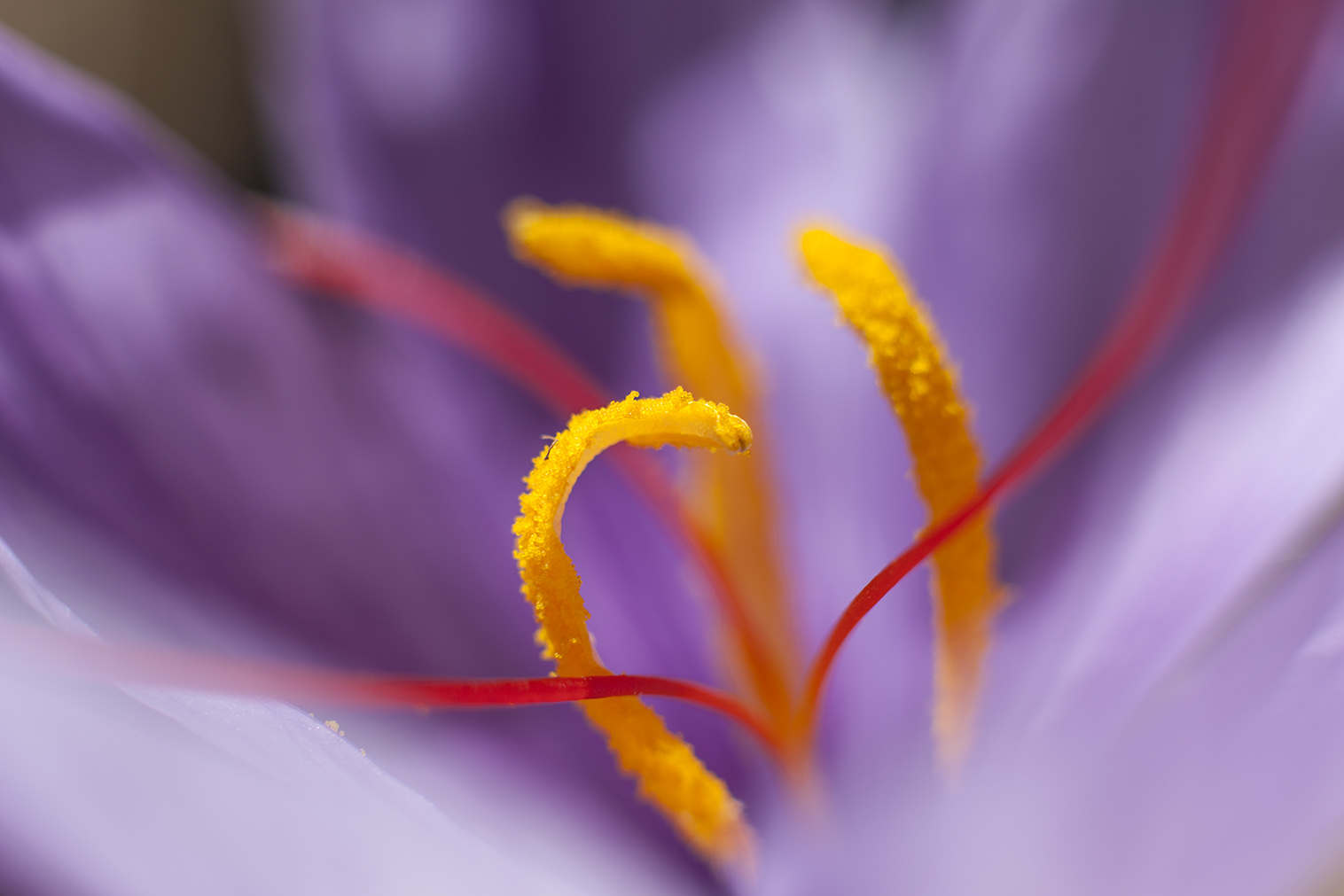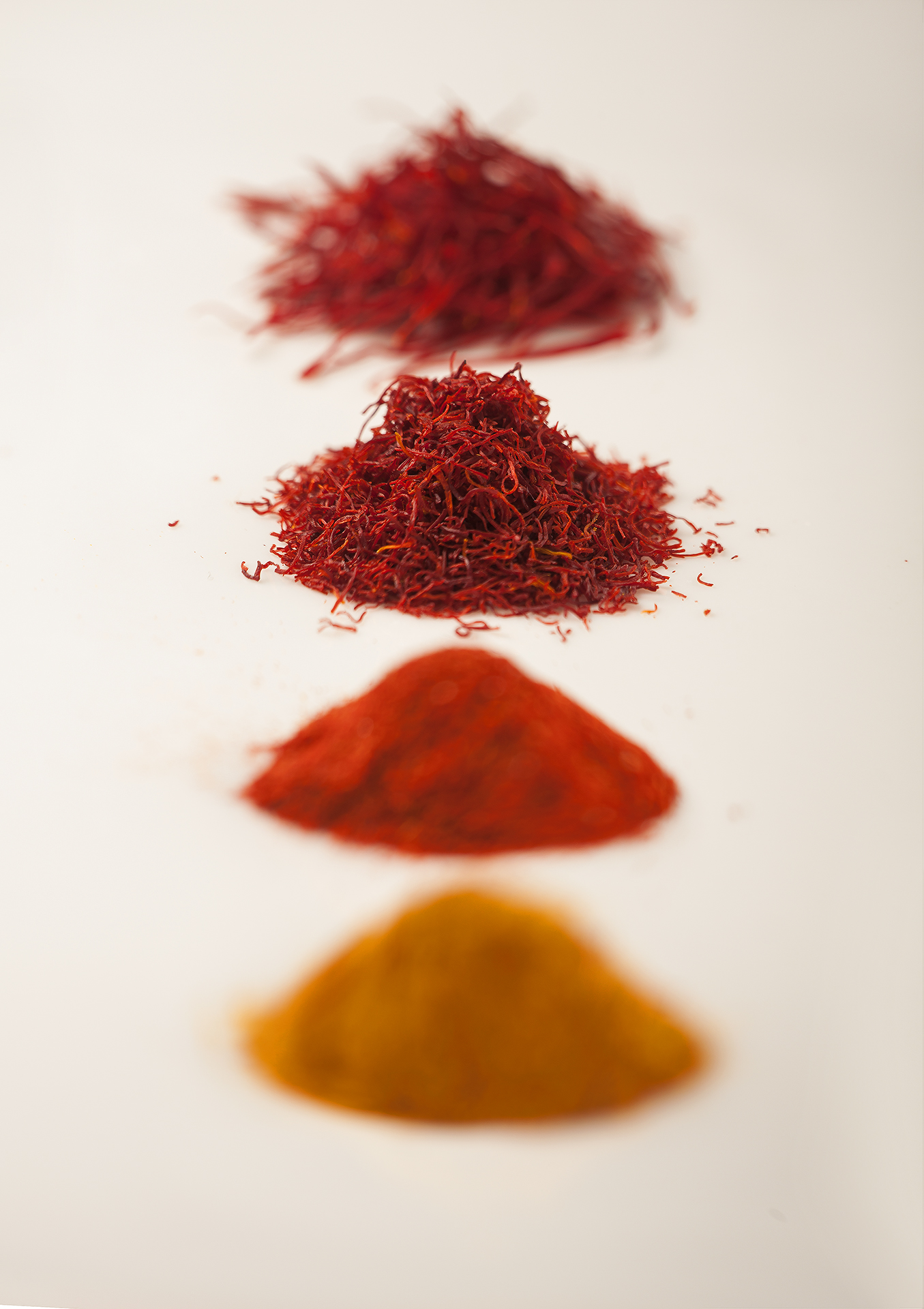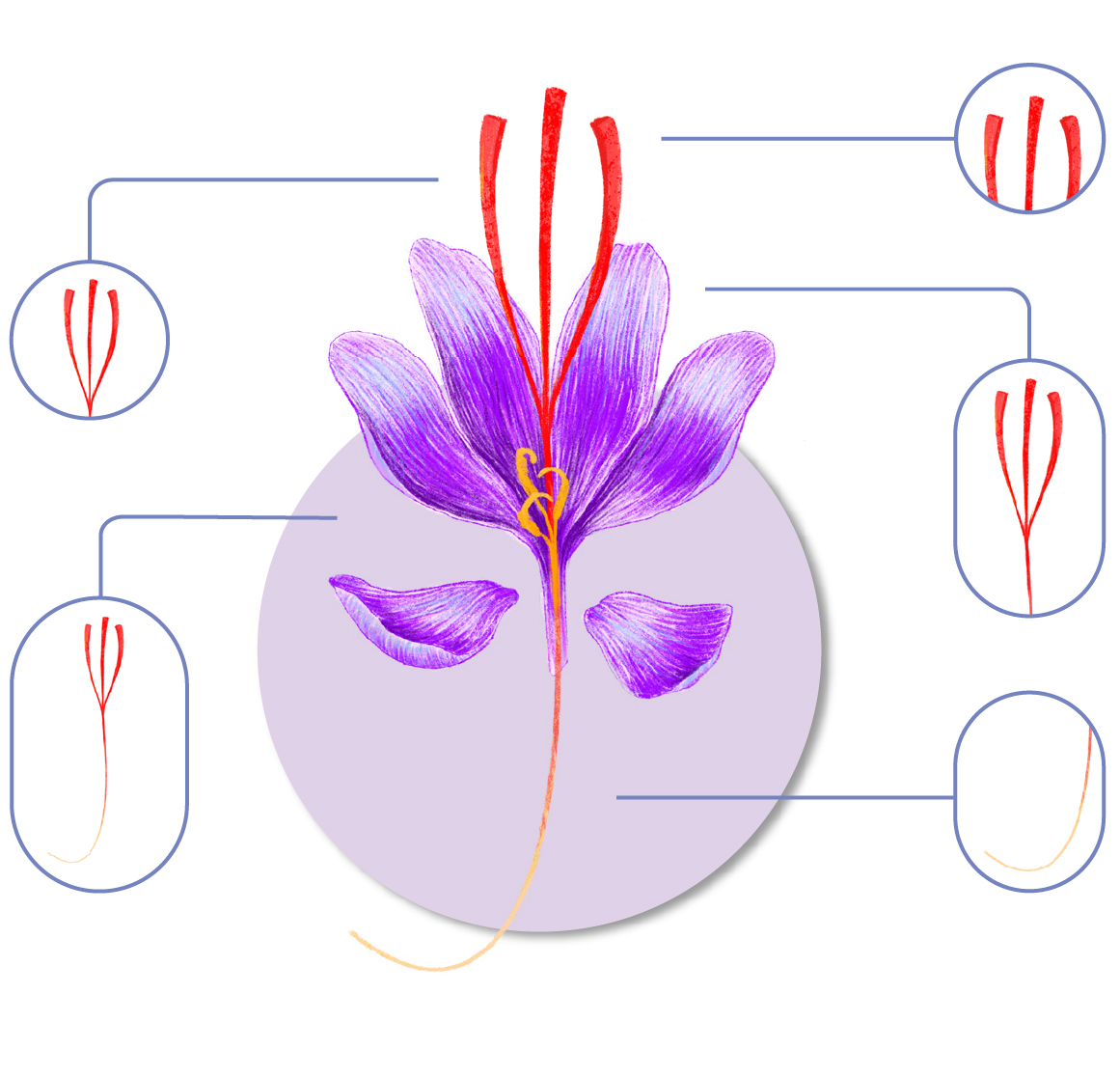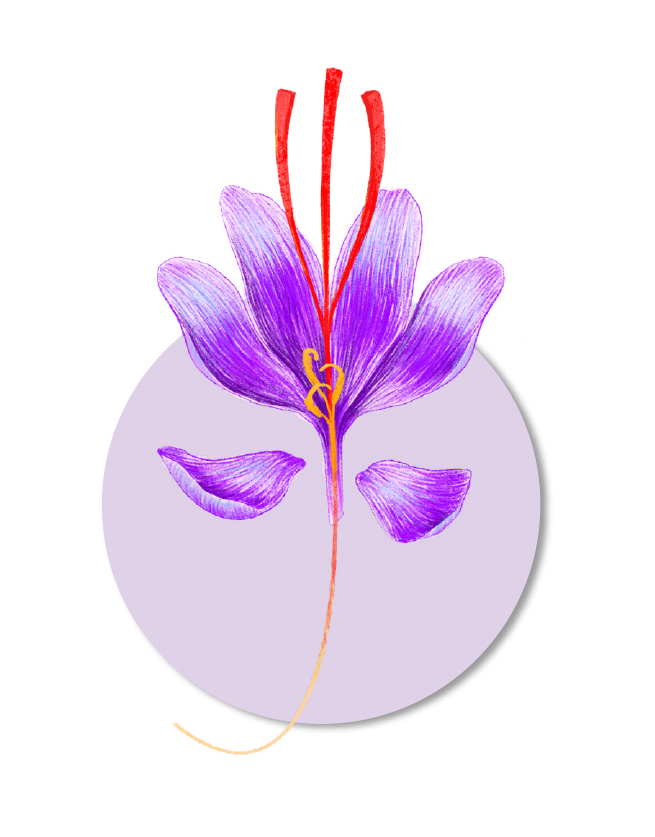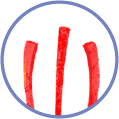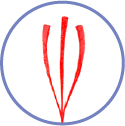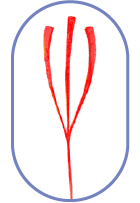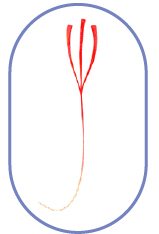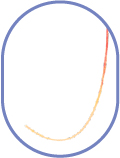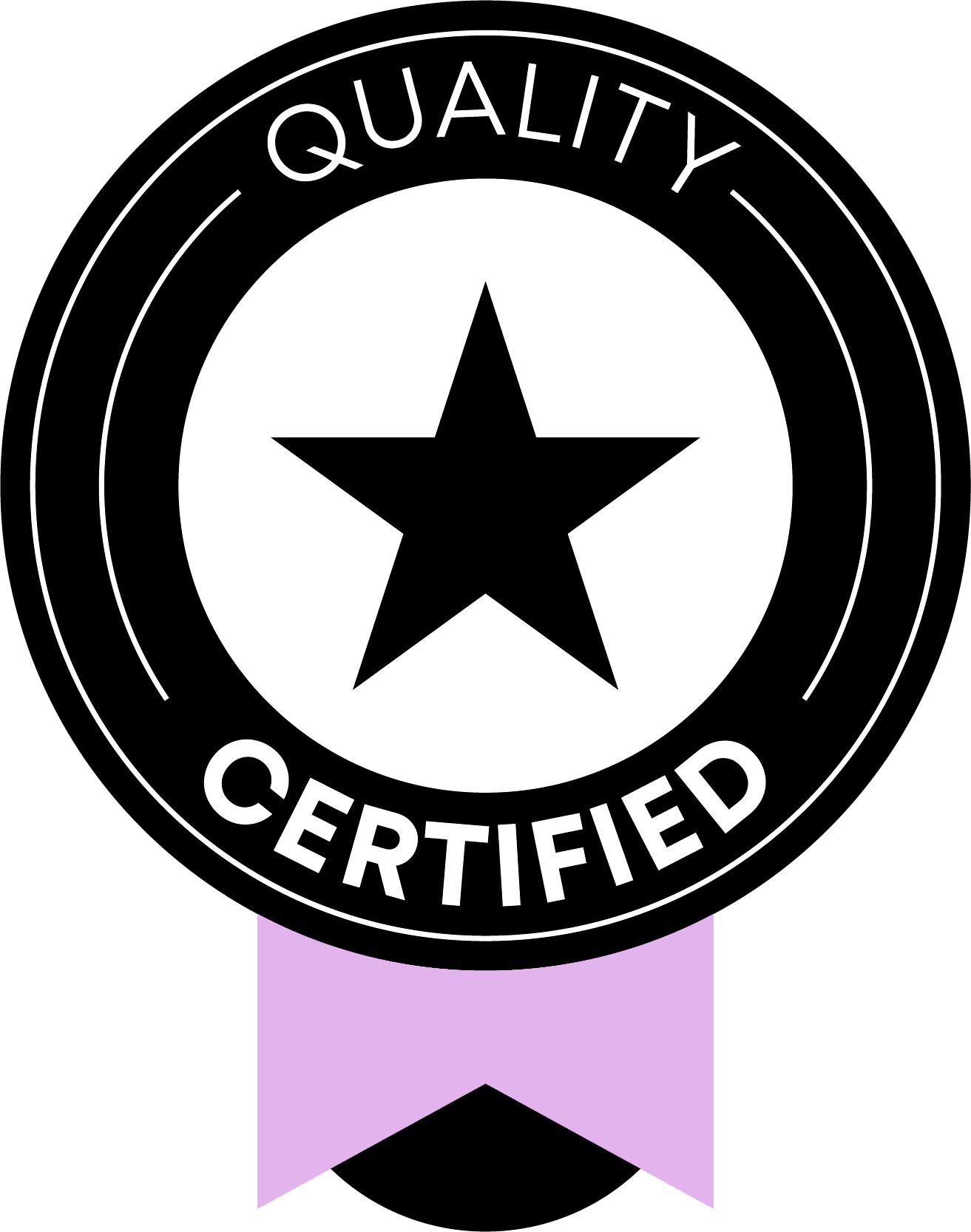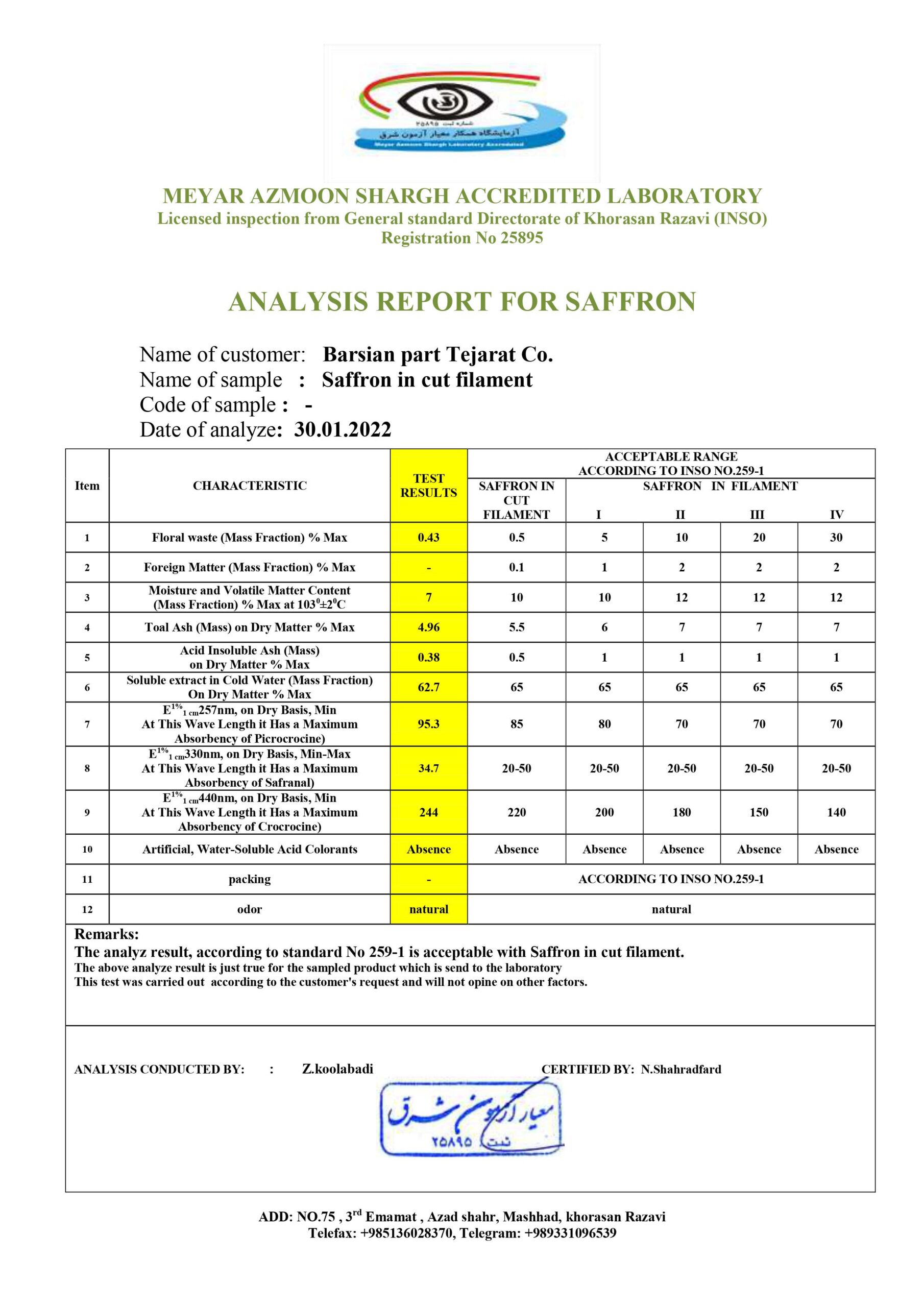More than 6’000 flowers and over 12 hours of labor make just 30g of saffron, so if it’s cheap be suspicious. The organic matter most often passed off as saffron – either in a mix with the real spice or on its own – is marigold and safflower petals, which are often marketed as Egyptian or Mexican saffron but which can include any number of organic and inorganic fillers. The most common substitute or ‘false’ saffron has been turmeric. Turmeric, like saffron, has a certain astringency, but the flavor and aroma are very different and for dishes that require the specific taste of saffron, it is not a comparable substitute. Imitation saffron is often odorless and may taste sweet, rather than bitter. Pre-ground saffron is easily adulterated and best avoided.
